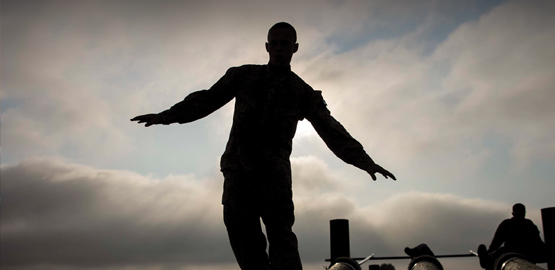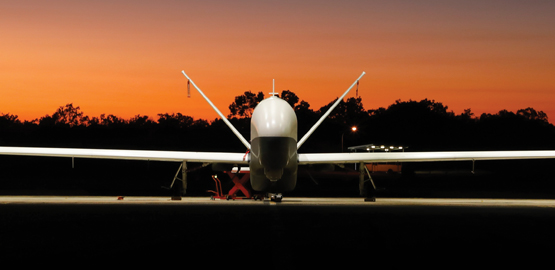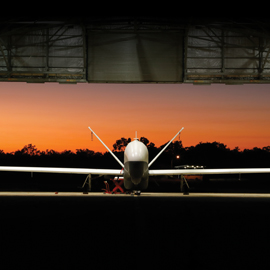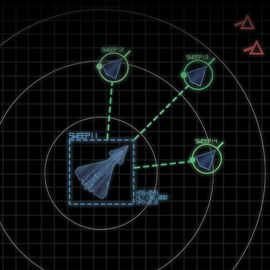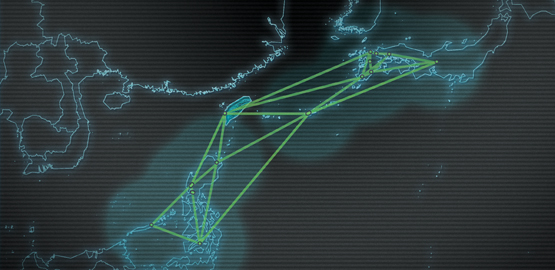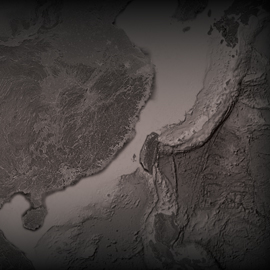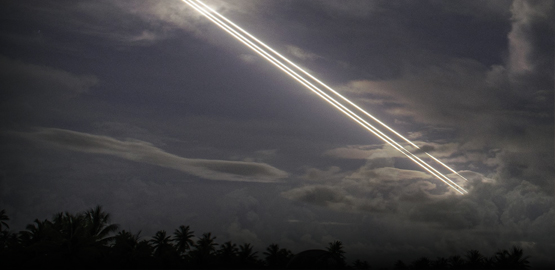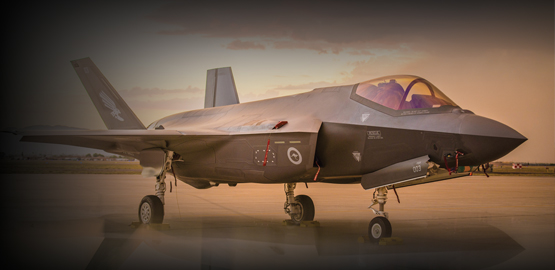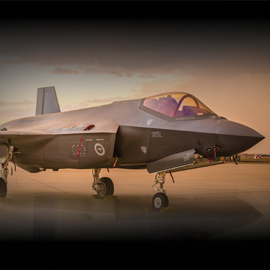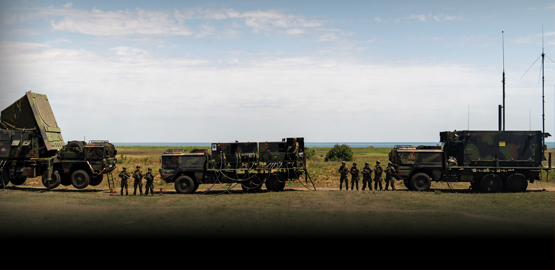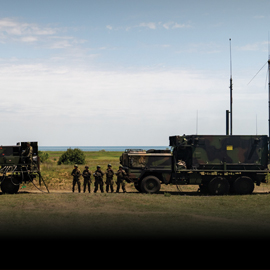Publications
"Nobody does defense policy better than CSBA. Their work on strategic and budgetary topics manages to combine first-rate quality and in-depth research with timeliness and accessibility—which is why so many professionals consider their products indispensable." – Gideon Rose, Editor of Foreign Affairs, 2010-2021
Defense Department Initiatives
As fiscal year 2010 draws to a close and the economy struggles to recover from the deepest recession since the Great Depression, the federal government faces a number of fiscal challenges. The budget deficit is projected to exceed $1.4 trillion due in part to increased spending on fiscal stimulus programs and a sharp reduction in tax revenues due to the recession. But underlying the current fiscal situation is a structural deficit that the economic downturn only exacerbated. As Congress and the administration focus more attention on reducing the deficit,all areas of the budget, including defense, have come under increased scrutiny.
Evaluating Options for a Sustainable Defense
As the economy struggles to emerge from the deepest recession since the Great Depression, the federal government faces a dire fiscal situation. The budget deficit is projected to reach as high as $1.6 trillion in FY 2010 due in no small part to increased spending on fiscal stimulus programs and a sharp reduction in tax revenues due to the recession. But underlying the current fiscal situation is a structural deficit that the economic downturn only exacerbated. A telling indicator of this is that one of the fastest-growing items in the budget is net interest on the national debt. Given current projections, before this decade’s end the federal government will spend more on net interest payments than on national defense for the first time in modern history. And as Congress and the administration focus more attention on reducing the deficit,all areas of the budget, including defense, will come under increasing pressure.
The War in Afghanistan in Strategic Context
Mr. Chairman, distinguished members of the subcommittee, I welcome the opportunity to discuss our strategy in Afghanistan and to place it within the context of our overall strategic position.
Language and Cultural Awareness Transformation
In order to assess the value of any particular piece of equipment or form of training, it is necessary to have a sense of what tasks the armed forces will be asked to perform, and where they will be operating in the years to come. During the 45 year-long Cold War the U.S. military focused primarily on structuring, training and equipping itself for conventional combat against the Soviet Union and its allies on the European continent and at sea.
The Future of the MV-22 Osprey
Mr. Chairman, Congressman Issa, and distinguished members of the Committee, it is my personal honor to appear before you today to discuss the MV-22 Osprey.
The Future of U.S. Ground Forces
The three challenges confronting the U.S. military today—the war against Islamist terrorist elements, the prospect of nuclear-armed rogue states, and the potential rise of China as a military rival—differ greatly from those confronted during the Cold War era. Nor do they resemble the threats planned for in the immediate post-Cold War era, when minor powers like Iran, Iraq and North Korea which lacked weapons of mass destruction and were assumed to present challenges not all that different from Iraq during the First Gulf War.




